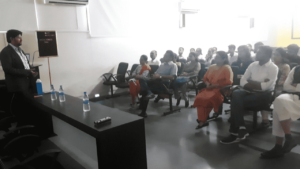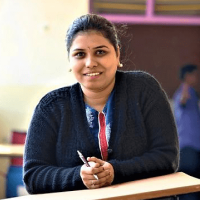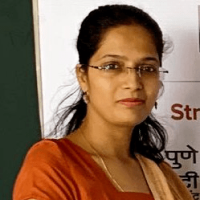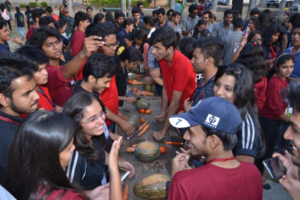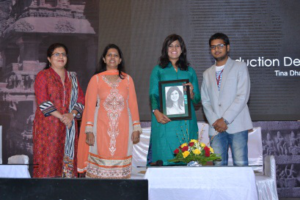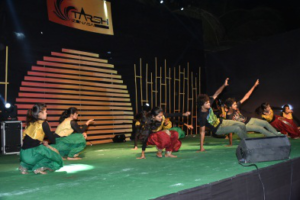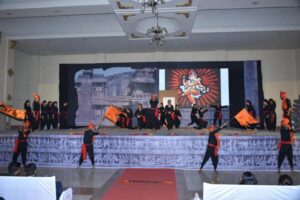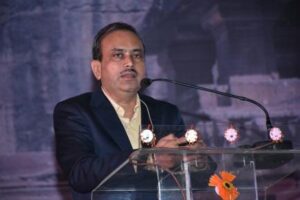Undergraduate-B.Arch

MIT is the pioneer Institute to impart technical education in Architecture in the Marathwada as well as Central Maharashtra region.
The course structure is aligned with the standards of education as prescribed by the Council of Architecture, New Delhi. It is a blend of theoretical knowledge and its practical application with ample application-based subjects evenly distributed throughout the syllabus.
Department offers a high level of education coupled with personal care through highly qualified and experienced faculty members and state-of-art infrastructure. The pedagogy adopted, offers teaching to impart varied expertise to keep pace with the changing world creating responsible contributors to the global community.
The all-round sustainable development of the students is taken care through a wide array of curricular and extra-curricular activities. The practical orientation of working in an actual office is also taken care of in the Professional Training subject in the Fourth and Final year of the course. Students also get a scope to exercise the applicability of the entire course learning in the Final Year Dissertation work.
Most of the MIT Architecture graduates are self – employed and many others find rewarding employment in planning, design and construction industries. Many students pursue higher education in reputed institutes across the country and abroad.
Architecture is one of the early disciplines of Art; which practices the planning, designing and construction of buildings or physical envelops – both indoor and outdoor. It has four dimensions (4D), i.e. Art, Culture, Science and Nature (Environment).
To me, Architecture is the space to live in. I am proud to state that, our institute (MIT) is the first institute, imparting architecture education in Marathwada as well as in Central Maharashtra region. Our main focus and approach is to develop, to carve out a student – with confidence, creative, innovative, eco-sensitive abilities and a human outlook.
As Architects, they need to take-up future challenges of sustainability, space scarcity, environmental concerns, technological adaptability and socio-economic issues.
We have strong and profound alumni; our department has produced and cultured hundreds of professional architects, who are spread in our country as well as in abroad and established themselves as legitimate professionals. I feel privileged to be associated with them.
We have dedicated and skillful faculty support, conducive infrastructure and a rational educational approach to meet out the present students’ needs with timely site visits, expert/professional talks-workshops, educational tours and involving students into co- curricular and extra – curricular activities. We are student centric institute and I am sure that, you will find worthy of it.
I wish to close my message with famous lines “ Architecture should speak of its time and place, but yearn for timelessness ”. _____by Ar. Frank Gehry
Thank you and good luck …..
- The Course Details: Five Year Full-Time Degree Course
- The Sanction Intake : 40 Seats
- The Course Structure : Total 10 Semesters
undergraduate-B.arch
-
Program Outcomes
-
Program Specific Outcomes
- Engineering knowledge: Apply the knowledge of mathematics, science, engineering fundamentals, and an engineering specialization to the solution of complex engineering problems.
- Problem analysis: Identify, formulate, review research literature, and analyze complex engineering problems reaching substantiated conclusions using first principles of mathematics,natural sciences, and engineering sciences.
- Design/development of solutions: Design solutions for complex engineering problems and design system components or processes that meet the specified needs with appropriate consideration for the public health and safety, and the cultural, societal, and environmental considerations.
- Conduct investigations of complex problems: Use research-based knowledge and research methods including design of experiments, analysis and interpretation of data, and synthesis of the information to provide valid conclusions.
- Modern tool usage: Create, select, and apply appropriate techniques, resources, and modern engineering and IT tools including prediction and modeling to complex engineering activities with an understanding of the limitations.
- The engineer and society: Apply reasoning informed by the contextual knowledge to assess societal, health, safety, legal and cultural issues and the consequent responsibilities relevant to the professional engineering practice.
- Environment and sustainability: Understand the impact of the professional engineering solutions in societal and environmental contexts, and demonstrate the knowledge of, and need for sustainable development.
- Ethics: Apply ethical principles and commit to professional ethics and responsibilities and norms of the engineering practice.
- Individual and team work: Function effectively as an individual, and as a member or leader in diverse teams, and in multidisciplinary settings.
- Communication: Communicate effectively on complex engineering activities with the engineering community and with society at large, such as, being able to comprehend and write effective reports and design documentation, make effective presentations, and give and receive clear instructions.
- Project management and finance: Demonstrate knowledge and understanding of the engineering and management principles and apply these to one’s own work, as a member and leader in a team, to manage projects and in multidisciplinary environments.
- Life-long learning: Recognize the need for, and have the preparation and ability to engage inindependent and life-long learning in the broadest context of technological change.
- The objective of the course is to make the students understand the significance of various issues of Design for a given context.
- The intention is to induce the students to evolve the Architecture which has essence, directness and modesty through humanistic and sustainable design solutions.
- The behavior needs of different user group and symbiotic relationship between the built and un built spaces should be properly acknowledged in above climate while harnessing the solar energy.
- In the initial stages of learning, students learn to tackle simple basic issues & gradually towards the higher level, he is expected to tackle the issues increasing in number and complexity.
- The graphical drawing and presentation is one of our medium of expression. Students are trained to explore the possibility of conveying their ideas and concepts with various skills of presentation.


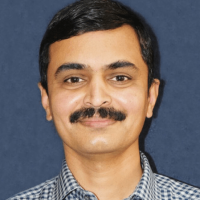
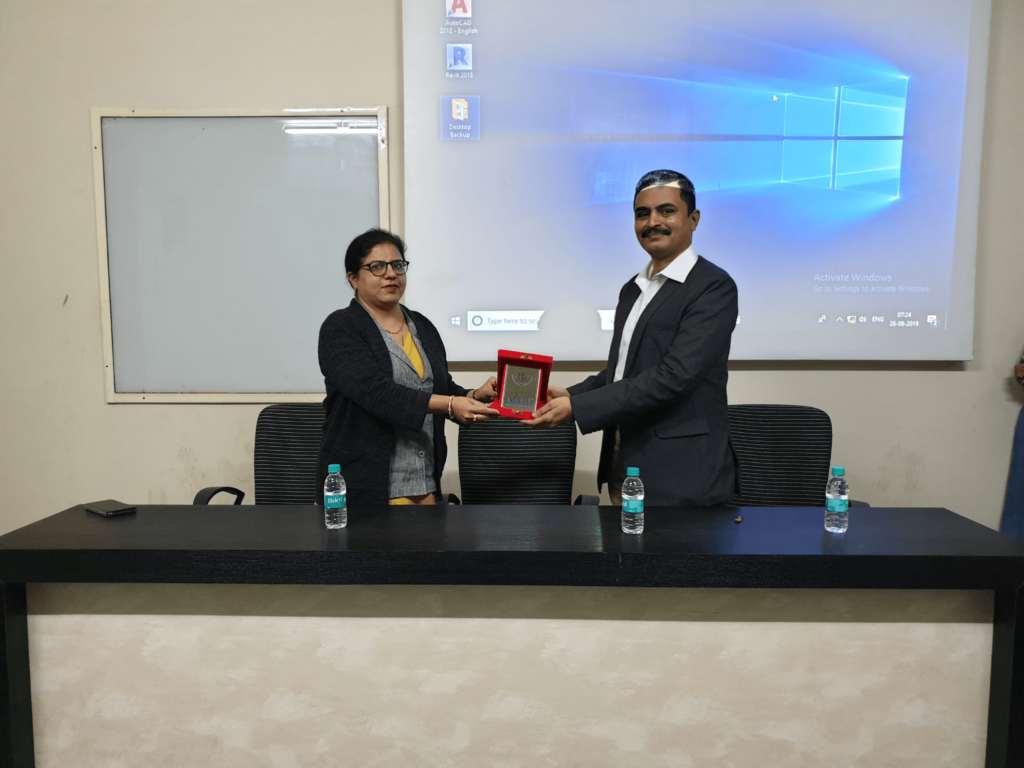
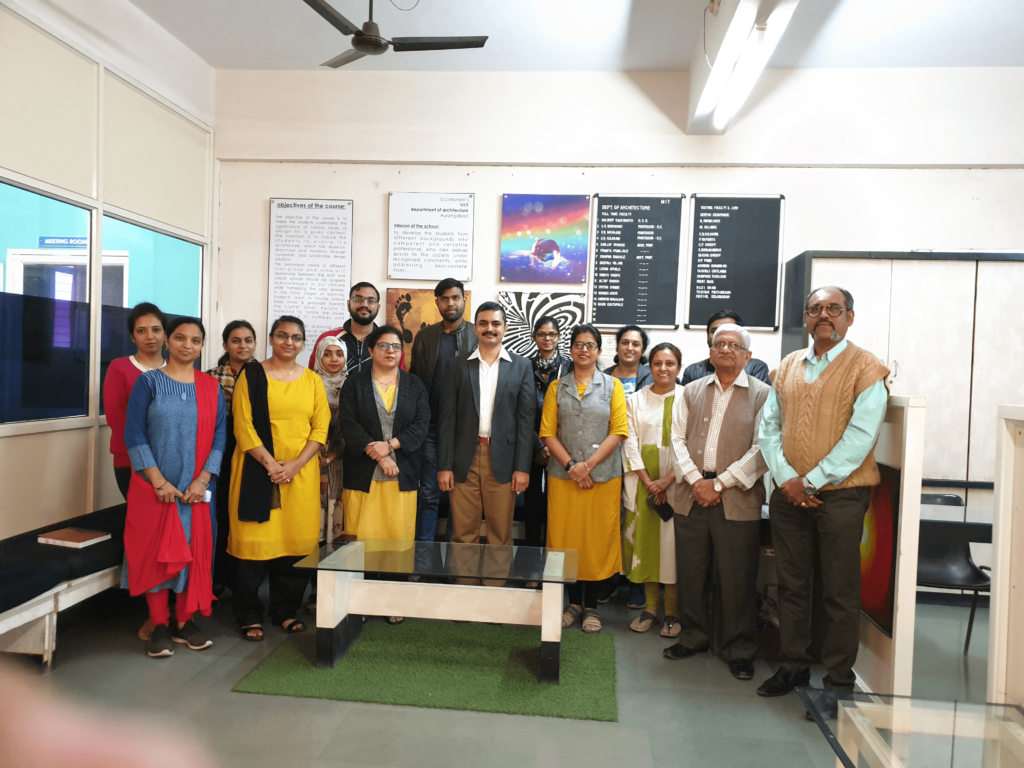
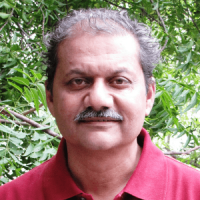
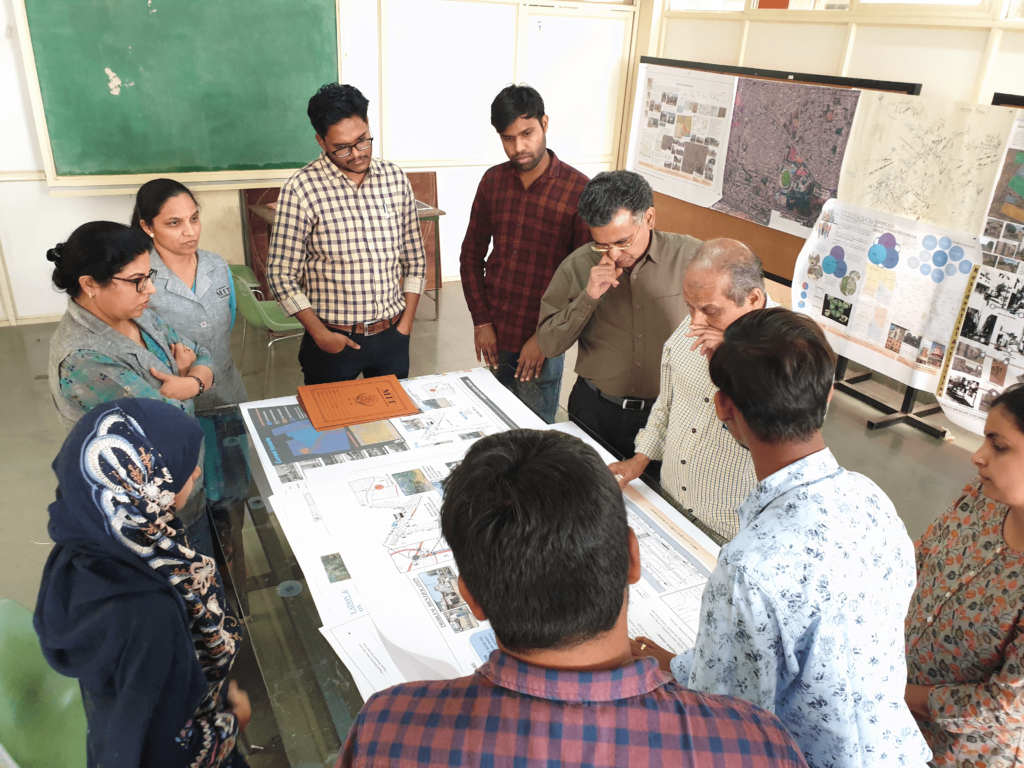
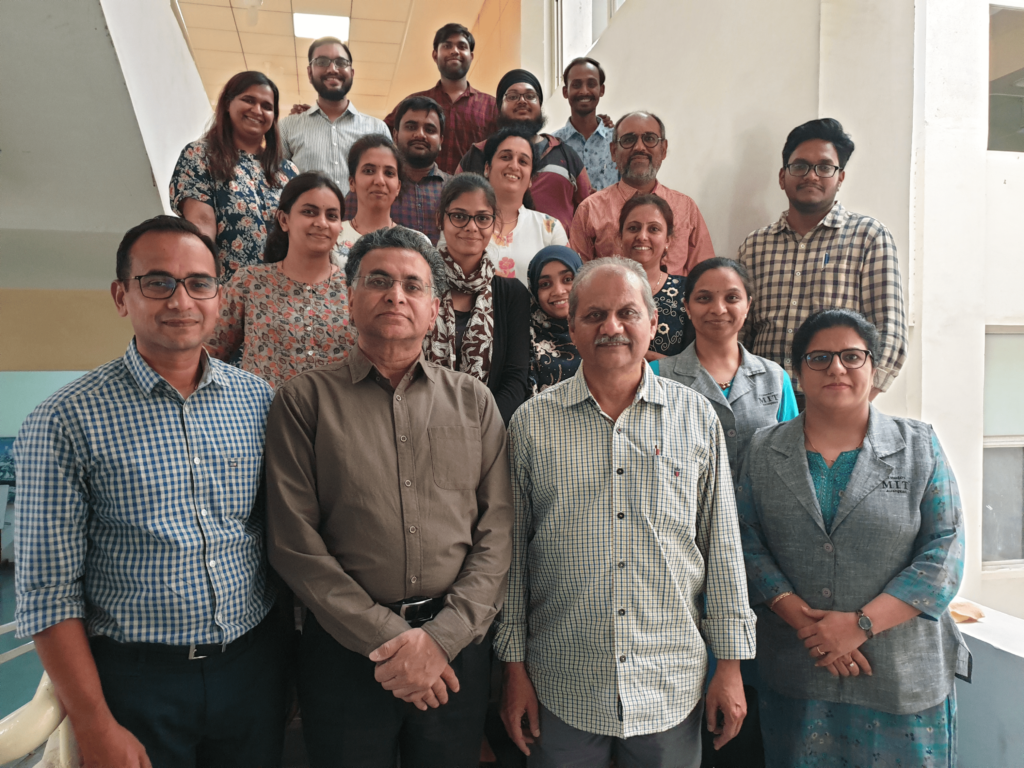

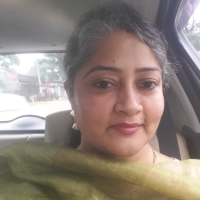

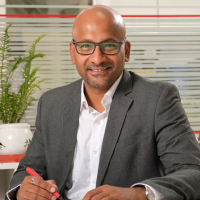
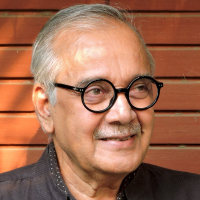
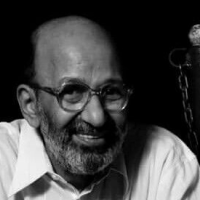
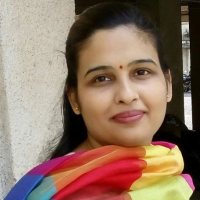
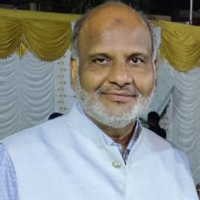
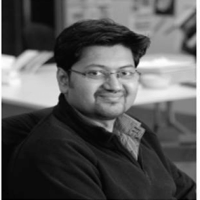 Introduction of Expert
Introduction of Expert